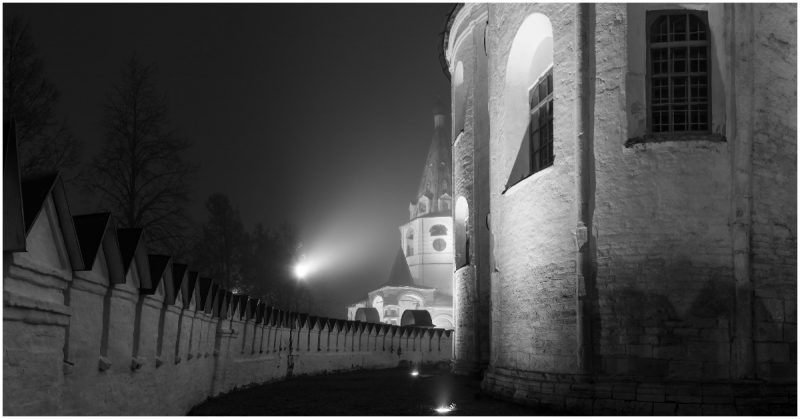Whatever happened to Hitler’s famous office globe? What happened to Raoul Wallenberg, the Swedish diplomat that saved thousands of Jews? Who betrayed the Anne Frank and what happened to the Amber room?
These are just some of the questions that remain unanswered, in this slideshow we are going to take a deeper look at these mysteries.
1. Hitler’s Lost Globe
A huge globe owned by Adolf Hitler was made famous by Charlie Chaplin’s “The Great Dictator.” This globe, however, disappeared after the war. Known as the Columbus Globe for State and Industry Leaders of the Fuhrer Globe, it was specifically designed for Hitler and was his most-prized possession. Chaplin made it famous by throwing about an inflatable replica of it.
Hitler had two expensive globes, which had wooden bases, built by the Columbus factory. The one that Hitler maintained in the New Reich Chancellery was not found by the Allies, and no one knows its whereabouts. While there are other Nazi globes and replicas in existence, including some with bullet holes through Germany, the iconic Hitler globe has never been discovered.
Lavrentiy Beria, the Soviet Minister of Internal Affairs, was the first person to enter and inspect the Reich Chancellery after Berlin was captured by the Red Army.
It is believed that he could have taken the globe to Lubyanka and KGB Headquarters but the KGB and FSB will not deny or confirm this belief. A U.S. soldier found a globe in the Eagle’s Nest complex owned by Hitler near the Bavarian Alps, but it is thought too small to be The Fuhrer Globe.
This globe recovered by the U.S. soldier fetched $100,000 in 2007, but the exact location of the Hitler globe remains unknown.
2. Raoul Wallenberg, a Swedish businessman
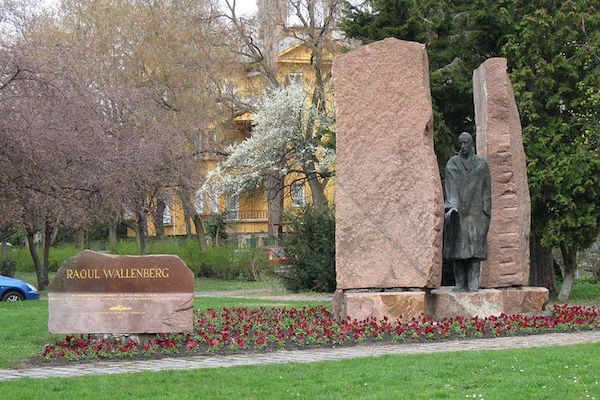
Raoul Wallenberg, a Swedish businessman, was considered a humanitarian hero for liberating Jews during World War II.
He was placed under arrest by the Soviets in 1945 and disappeared. He saved as many as 60,000 Jews in Hungary by providing shelter, soup kitchens, hospitals, and fake passports to those threatened by the Third Reich. When the Soviets pushed the Nazis back through Eastern Europe during the war, he was arrested at the Siege of Budapest by the Red Army on suspicion of espionage. Wallenberg allegedly died in his cell at the Lubyanka prison run by the KGB on July 17, 1947, as per the Soviets, their explanation was this:
“I report that the prisoner Wallenberg who is well-known to you, died suddenly in his cell this night, probably as a result of a heart attack or heart failure.
Pursuant to the instructions given by you that I personally have Wallenberg under my care, I request approval to make an autopsy with a view to establishing the cause of death…
I have personally notified the minister and it has been ordered that the body be cremated without an autopsy.”
While the majority of people didn’t believe this explanation, the Russian government asked Vyacheslav Nikonov to investigate the death of Wallenberg in 1991. His investigation determined that the businessman was most likely executed with C-2 poison at the prison in Lubyanka in 1947. C-2 was being tested by the Soviet secret services, so that is the likely reason for the cremation without an autopsy.
In the years since that time, there have been multiple claims regarding Wallenberg. Some say he was shot in 1947, others allege he was poisoned by other means, and some say he was beaten to death. Prisoners, however, up to 1987 claim that they spoke to Wallenberg. There are some people who don’t think he was murdered but was incarcerated for as long as 40 years. None of these allegations provides a reason as to why he was killed or incarcerated.
It was most likely believed he was a danger to the state because of his suspected connections to intelligence services in the U.S. He was formally declared dead by the Swedish government on October 31st, 2016.
3. “Foo Fighters”
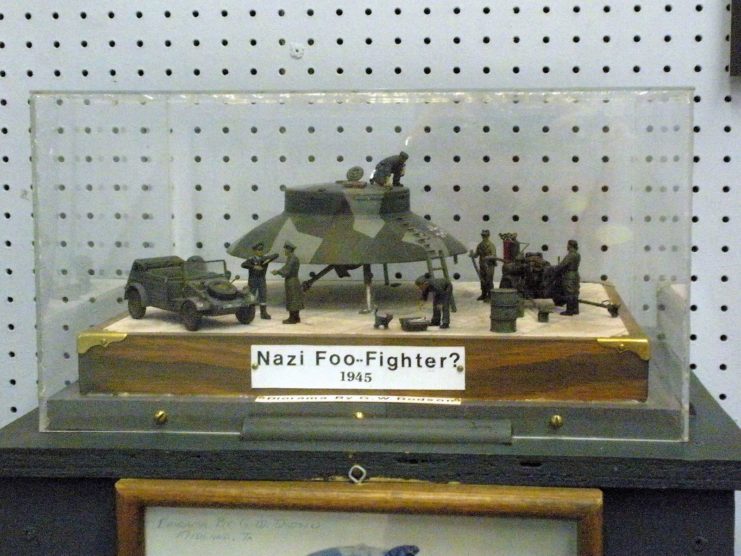
There were “Foo Fighters” over the European and Pacific Skies that were thought to be UFOs, but no explanation for them has been uncovered. The term “Foo Fighters” was first used by the Allied pilots during World War II to describe UFOs.
The term originated with the US 415th Night Fighter Squadron so they could report any sightings of UFOs, it was deemed formal military language as of November 1944. The term didn’t only refer to UFOs spotted over the battlefields; it also applied to any aerial phenomena that were unusual.
Western military personnel believed that the Foo Fighters were Nazi secret weapons that were sent to spy or plant explosive devices. The Robertson Panel, a scientific investigative group, met in January 1953 to determine what they believed the UFOs were in actuality and although they produced several findings, they discovered nothing conclusive.
They determined St. Elmo’s fire, a weather phenomenon that illuminates objects, could be an explanation. A second theory was ball lightning, which is when spherical, laminated objects during a thunderstorm remain in the atmosphere longer than lightning bolts.
4. The Disappearance of Flight 19
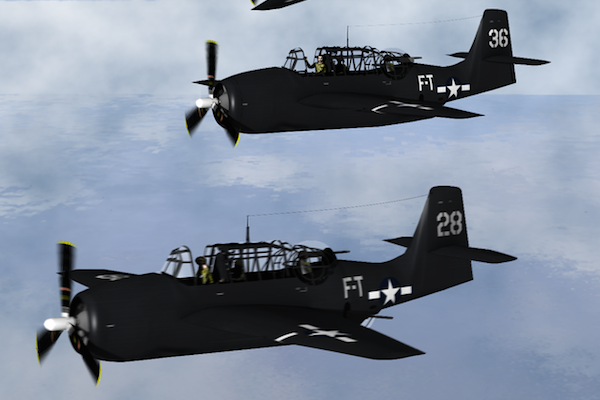
Fourteen airmen were never found when Flight 19 disappeared over the Bermuda Triangle.
While the Bermuda Triangle legend still exists today, one of its first and most famous disappearances involved Flight 19 near Florida’s east coast. Five TBM Avenger Torpedo bombers, known as Flight 19, disappeared on December 5, 1945, during the US Navy’s overwater navigation training flight. A PBM Mariner flying boat was sent to look for them and it, along with its crew, also disappeared.
14 Pilots were lost with 13 crewmembers, making 27 men presumed dead. While there are many supernatural theories about the Bermuda Triangle, the ruling was changed to Cause Unknown and to this day, Navy investigators haven’t been able to determine the cause of Flight 19’s disappearance.
The original report alleged that the group’s leader, Lt. Charles Taylor, was known to get lost and had caused them to run around in circles until they ran out of gas.
Some of the pilots knew their location but decided to follow their leader into the Bermuda Triangle instead of back to Florida. Neither bodies nor aircraft has been recovered, so Flight 19 remains a part of the Bermuda Triangle legend that remains today.
5. The Legendary Nazi Blood-Strained “Blutfahne” Flag
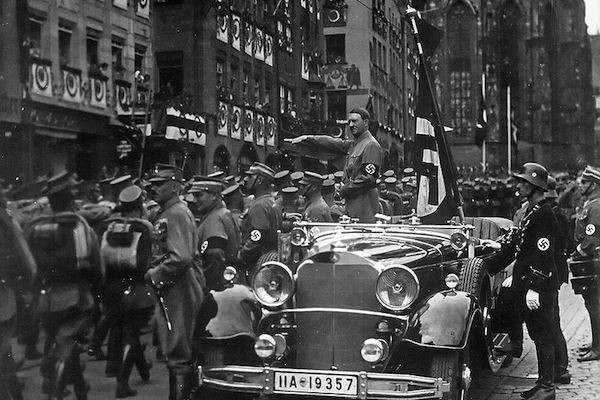
A sacred relic held dear by Hitler, the legendary Nazi blood-stained Blutfahne flag’s location is unknown. There have been disputes about the flag’s actual existence as well as what happened to it. Hitler himself had designed the Swastika flag, and it became a key Nazi symbol.
The red flag with a white circle and swastika in the center was carried during the attempted Beer Hall Putsch in Munich in 1923 where it became covered in blood. The brown shirts of the SA had carried it to the center when they were halted by Munich police.
When the Munich police opened fire on the Nazis, the flagbearer was hit and dropped the flag. Another SA man marching alongside the flag was also hit by several bullets and fell onto it when he died, staining the flag with his blood
The wounded flag-bearer, Heinrich Trambauer supposedly picked up the blood-soaked flag and ran to a friend’s house where he hid it in his jacket. Hitler was later given the flag, which was attached to a new staff, after his release from Landsberg prison. It had a decorative finial and silver sleeve to commemorate the 16 Nazis who died during the scuffle.
Despite the flag not showing any color of the dried blood of humans and it wasn’t in the same condition as the flag carried during November 1923, the legend remained.
Hitler displayed the flag each year at his Nuremberg rallies and held the sacred flag in one hand to consecrate other flags and swastikas. There were times it was also kept in Munich at the Brown House, which was the headquarters of the Nazi Party.
It was last publicly seen at the Volkssturm induction ceremony for Heinrich Himmler in October 1944. Originally, the Allies believed the flag was destroyed during the Munich bombings, but later they doubted that. Many people have claimed to have owned the flag since that time but the whereabouts of the real one still remains a mystery.
6. The Empty Plane After Pearl Harbor
While tales of ghost planes continue, there are many such stories relating to World War II. A U.S. P-40 fighter plane that was used to defend during the bombing of Pearl Harbor crash-landed in the U.S. a full year after the attack, but there was no pilot found.
On December 8, 1942, an unidentified plane was picked up on U.S. radar heading for the U.S. from the direction of Japan. While there was fear of a new attack from Japan, two fighter planes were sent to intercept the plane. They reported back that the plane was a P-40 which had bullet holes in the side, the landing gear was disabled, and the pilot was covered with fresh blood and slumped forward in the cockpit.
The pilots in the planes sent to check on the unidentified plane said that the pilot rose up and waved just moments before the plane took a nosedive to crash land. Experts analyzed the wreckage and found no pilot, and a diary inside claimed that the plane had flown from Mindanao, an island 1,300 miles away in the Pacific Ocean. So, this mystery remains. If the pilot had to crash land on the island after the Pearl Harbor attack, one would question how he could have lived for an entire year then get the plane back into the air again.
Also, the questions about the fresh blood and where he went upon crash landing also remain unanswered.
7. A List Of 17 British Soldiers Was Discovered At Auschwitz
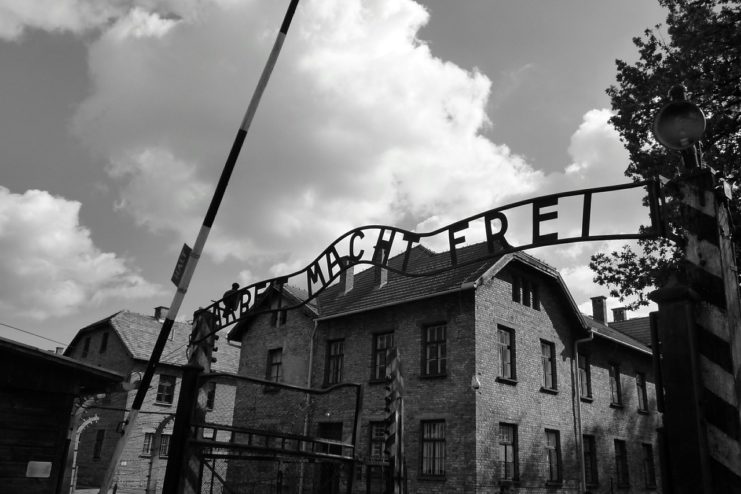
Six decades after the end of World War II, a list was discovered that contained the names of 17 British soldiers at Auschwitz Concentration Camp. The list was found during excavations in 2009. The question became who were the soldiers on the list. It is unclear if they were former prisoners of war or defectors to the SS. With surnames such as Gardiner, Lawrence, and Osborne, eight of the names had ticks by them.
Some people felt these ticks indicated that they were executed along with other British soldiers. Others, however, do not agree. The list also contained German words, such as never, now, and since then, which has led many people to start believing the soldiers were members of a British SS division that the Nazis started during the war.
While no one has proven a definitive answer, the list was secretly hidden away, which suggests it wasn’t meant to be found.
8. The Russian “Amber Room”

The Nazis stole the eighth wonder of the world, the Russian “Amber Room”. Despite the Nazis having displayed it in Konigsberg until 1945, its current whereabouts hasn’t been discovered. Originally a chamber in the Catherine Palace of Tsarskoye Selo by Saint Petersburg, it was built in the 18th century in Prussia.
The room had amber panels accented with mirrors and gold leaves. After the German Invasion of the USSR during the Second World War, the Russians tried to remove the art treasures in and around Leningrad (which is now St. Petersburg) for safe keeping. During this process, they were to take down the Amber Room but because the room’s relics had gotten dry with time, they started crumbling as they were removed.
In a futile attempt to hide it from the Germans they put wallpaper over it but the Germans immediately saw through this.
Under the supervision of two experts, German Soldiers disassembled the Amber Room in 36 hours and then moved it to Konigsberg in East Prussia for a display in the castle. In January 1945, when the Red Army was getting close to Konigsberg, Hitler then the removal of all relics from the city. However, Erich Koch, the person in charge at Konigsberg fled the city before the Amber Room could be removed.
The city was hit by a massive firebombing raid in August 1944 and what was left of the city was severely damaged by the Red Army in April 1945.
It is likely that the Amber Room was damaged beyond repair. After World War II, there were several reports of people owning different pieces of the Amber Room. Many witnesses claimed the entire room was loaded onto Wilhelm Gustloff, a German passenger ship, in January 1945 which was later sunk by a Soviet Submarine.
In 2004, two British investigative journalists determined that the Amber Room was most likely destroyed during the bombing raids that hit Konigsberg Castle, but that has not been proven. In 1979, the Soviet Union did commission a replica of the Amber Room to be made at Tsarskoye Selo.
It took 24 years for completion and is now open for viewing. A miniature Amber Room exists near Berlin.
9. Who Reported Anne Frank To The Nazis?

We have all heard about Anne Frank, the Jewish girl who wrote a diary when she was in hiding in Amsterdam during the Holocaust. She and her family were betrayed and arrested in the summer of 1944 and sent to the Concentration camps. She died in early 1945 in the Bergen-Belsen Concentration Camp, her family’s only survivor was her father, Otto.
Her diary was found and hidden by a friend of the family and later given back to Otto who decided to publish it. What we do not know is who made the call to report her. Throughout the years that have passed, everyone has wondered who made that anonymous phone call.Who was it that notified the Gestapo of the Frank family’s secret hiding place in the annex above, what is now called, the Anne Frank House.
Various suspects have been accused throughout the years, including Willem van Maaren, a warehouse manager.
When the allegations were made toward van Maaren, all potential witnesses had already died, including the Nazi officer who took the call. Tonny Ahlers, a longtime friend of Otto Frank, was also suspected. Anton Ahlers, the son of Tonny, helped create Otto Frank’s biography in 2002, and he claimed his father was the one who reported the Frank family to the Gestapo.
A cleaning lady, Lena Hartog-van Bladeren, could have also reported the family in fear of her husband’s arrest as she had testified Jews lived in the building. During a 1948 investigation, other employees in the building that is known as the Anne Frank House said they were aware that the family was hidden in the secret annex, so they could be suspected of making the call as well.
However, a recent study concluded that the Frank family may have been discovered by chance when the SD were looking into a case of ration card theft.
10. German Field Marshal Erwin Rommel’s Hidden Treasure
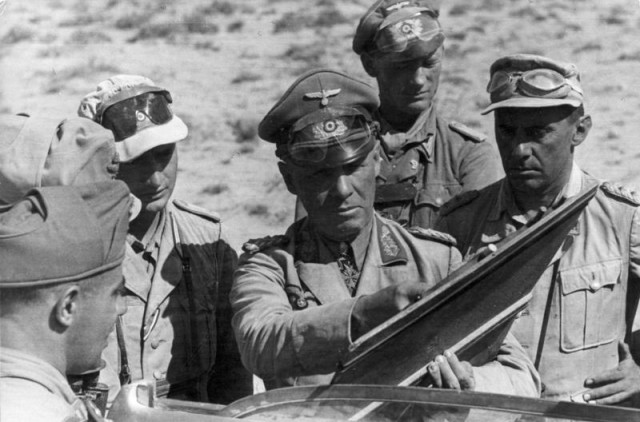
Treasures that have never been discovered are believed to have been hidden by German Field Marshal Erwin Rommel in an underwater cave during World War II. As one of the higher-profile German generals, he was so dedicated to the Nazi state that he tried to hide treasures when he feared the worst in 1944.
He was alleged to have given four SS divers six large steel ammunition crates that contained German treasures. These treasures included 4,401 pounds of gold bullion, silver, artwork, precious stones, and jewelry to be buried somewhere under the sea. While no one can be sure of its whereabouts, some people think it could be located in one of the many caverns located off Corsica’s eastern coast. The treasure is conservatively believed to be worth 20 million British pounds. Investigators from Great Britain claim they discovered a photo of a German soldier with his parents and it had a code on the back, which they think can lead them to the missing treasure of Rommel.
They said the coordinates suggest that it is just off Marana Beach, which is less than a mile from Corsica’s port Bastia.
